Horned violet: features of the species, methods of reproduction and care
The violet is increasingly used by professional gardeners and hobbyists, but mainly as a forcing crop. There are many hybrids of the horned violet, most of them obtained with the help of the graceful violet and Wittrock as a result of their crossing. Cultivation of hybrids is often carried out in a vegetative way, since planting seeds does not always give an exact copy of the parent flower.
Content:
- Description of the horned violet
- Variety of horned violet varieties and flower care
- Reproduction of violets
- Violet rejuvenation
Description of the horned violet
The horned violet came to us from Europe, more specifically from France, Italy and Spain. it perennial herb, can grow rapidly on almost any soil. It is because of this property that the horned violet is used to create a flowering carpet. It can be grown near non-aggressive and low-growing plants.
When planting violets in your flower bed, a distance of 20 cm is made between the plants.
Flower characteristics:
- The plant reaches a maximum height of 25 cm, the leaves are dark green in color, the edges are pointed.
- The flowers are medium in size, about 4 cm in diameter, can be of different colors: purple, yellow, dark blue, blue, white, etc.
- The fruit of the flower is a box with seeds, you can immediately guess that the violet reproduces both vegetatively and with the help of seeds.
- It begins to bloom fully in May and only fades towards the end of summer.
- Violet horned plant is unpretentious, but it feels better in a sunny area with loamy soil.
- It can take up to 5 years without a transplant.
- The stem of the plant is creeping, not poisonous.
The name itself appeared thanks to a small spur on the outside of the flower; for many, it is associated with a horn.
The flowers emit a pleasant aroma typical of violets. Horned violets used for decorative purposes... Look great in any flower arrangement, complement well with unique shrub plants or trees. Florists love to combine violets with roses, clematis and other creepers.
The plant is widely used for decorating mixborders, alpine slides and borders, at home it is grown in balcony boxes, pots and pots.
Variety of horned violet varieties and flower care
The most common violet varieties horned:
- Charlotte.
- Bambini.
- Lavender ice.
- Jersey Jam.
- White perfection.
- Orange perfection.
- Yellow perfection.
- Bluewander.
- Ruby.
- Triumph.
Each variety differs in height, flower size, shape and color.
Violet care horned is very simple, however, some special conditions should be observed:
- The best place to grow horned violets is in sunny places, but it is not recommended to grow them in the open sun.
- The best soils are drained, fertile, loamy, if the soil is light, then its pH should fluctuate between 6.5-7.2.
- Watering of violets is provided moderate, increases in dry weather.
- It is recommended to spray the plant in the morning and evening.
- The horned violet does not need frequent feeding, therefore watering with fertilization is alternated with watering with ordinary, settled water.
- For violets, infusions of mineral or organic fertilizers are suitable; they are added to the water in small quantities.
- Occasionally, the plant is mulched, this is necessary so that heat and moisture linger in the soil a little longer, and therefore does not allow weeds to develop and the soil is washed out more slowly.
- Mulching is done in the same way as with other plants, for this, moss, chips, gravel, drainage or stones are used.
In order for the plant to grow faster and more densely, the regrown shoots are pruned, and the flowers, as soon as they bloom, are detached.
Gardeners rarely face problems when growing violets, she not prone to disease... But if the flower does not get enough sunlight or heat, then slugs may appear. Getting rid of them is quite difficult, but quite possible. To do this, in a bucket of water, you need to dilute 150 grams of 25% ammonia and spray with this mixture those places that have damaged the slugs. If the shoots have not yet completely died, then the effect of the treatment will come very quickly.
The only contraindication is the presence of shallow wells in the nearest territory.
Reproduction of violets
Most often horned violet propagated by seeds, so let's take a closer look at this option. Seeds are sown either in spring or fall. The first flowering can be expected after 12 weeks.
First you need:
- Grow seedlings.
- The seed is germinated in a mixture of moss and peat in a shallow container.
- The ground is covered with glass or foil for a greenhouse effect.
- As soon as the first green leaves appear, the greenhouse is removed and the seedling is moved to a separate pot.
The seeds can be bought at the store, or you can get it yourself.
The second method is very painstaking, but it will bring a lot of pleasure to a true lover of colors:
- With a toothpick, the pollen is transferred from the pistil to the stamen, and if pollination has occurred, an ovary will appear in a week.
- The seeds will fully ripen only after six months or a year, subject to proper care and a suitable climate.
- Hybrids reproduce only vegetatively.
Well suited for this:
- Green cuttings.
- Parts of the stems.
- Division of the bush.
By just dividing the bush, you can get up to 30 plants. Young violets can be planted directly in open ground and watered twice a day until they are fully rooted. The plant must be protected from drafts.
If reproduction occurs by cuttings, then they can be cut off the whole summer, rooting occurs in two to three weeks.
In the same year, the plant can bloom and delight the eye until autumn. Up to 20 violets are planted per square meter. For successful rooting, you can prepare a special substrate. It will allow 100% of the cuttings to germinate and speed up the process. For each cutting, you will need a small pot, no more than 5 cm in diameter.
Drainage is laid out on the bottom, and an earthen mixture on top. The young leaf is moved to the greenhouse or a polyethylene shelter is made. Lighting should be provided 12 hours a day, and the temperature of the room or environment is about 23 degrees.
Violet rejuvenation
The horned violet is a perennial plant, but this does not mean that it is eternal, so it needs to be rejuvenated from time to time.
There are two ways:
- Deepening.
- Rerooting.
Even if the violet is still young, it is still any yellow or damaged leaves must be removed... Not everyone will like a completely bare stem, but this is a necessary measure that will lead to a good result.
Burying method:
- The exposed part of the stem is cleaned with the blunt side of a knife.
- Then the leg is wrapped in wet moss and covered with earth to the bottom row of leaves, if the height of the pot allows.
- If this is not possible, then the violet is completely taken out, and the roots are cleared of an earthen coma, the excess roots can be safely torn off.
- Now the flower is transplanted into a fresh, slightly damp substrate, and the main thing is not to forget to wrap the leg in moss.
- For a week and a half, the violet is covered with polyethylene.
What is rerooting? If the violet has lost its former appearance, has become not so fresh or has begun to grow to one side, a long, ugly naked leg has appeared, which cannot be saved by deepening, then it needs to be re-rooted. This method is suitable for plants over three years old.
This will allow you to rejuvenate the violet, grow it to get stepchildren, save the plant from disease or root decay.
The procedure is as follows: injured or wilted leaves come off, sometimes you have to remove the entire bottom row if there are a lot of leaves. Places from which the leaves were torn off are covered with activated carbon. With a blade or knife, the plant is cut off at a distance of 1 cm from the bottom row, the stalk is protected with the blunt side of the knife. The violet can then be rooted in a fresh earthy mixture.






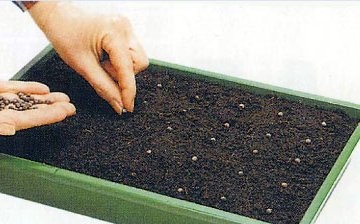
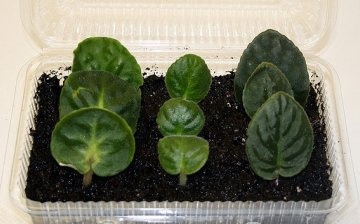
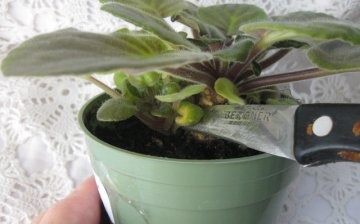







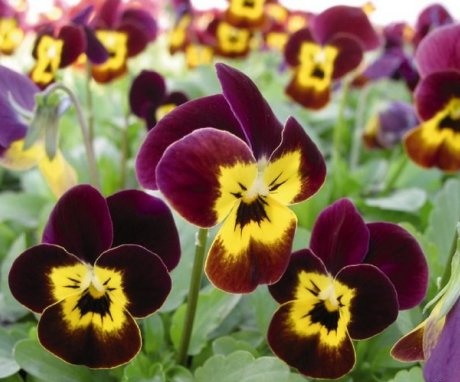
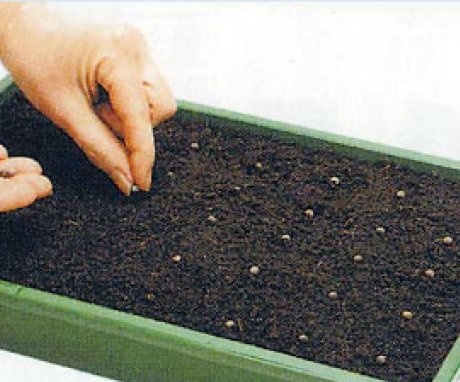
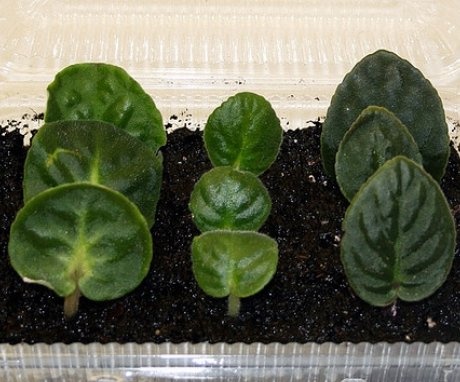
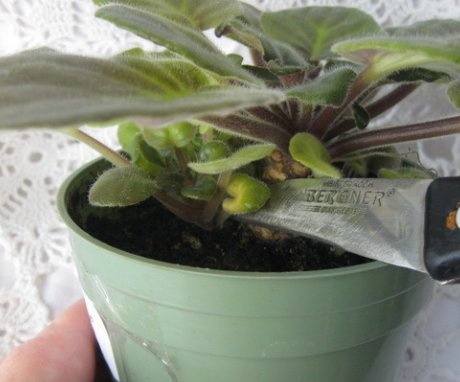
And my horned violet does not take root in any way - she already bought it, and took it from friends ... Something she doesn't like. I don’t understand what exactly. The leaves dry up and the plant dies!